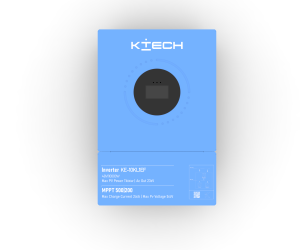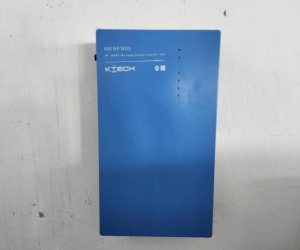马上注册,结交更多好友,享用更多功能,让你轻松玩转社区。
您需要 登录 才可以下载或查看,没有账号?Register
×
Liquid cooling is an advanced and efficient heat dissipation method widely used in inverter systems. It offers significant advantages in ensuring the stable operation and long service life of inverters, especially in high-power and demanding applications. Principle of Operation The liquid cooling system for inverters works on the principle of heat transfer. A coolant, typically a specialized liquid with high heat capacity and thermal conductivity, is circulated through a closed loop. The coolant absorbs the heat generated by the power components in the inverter, such as the power transistors and capacitors. As the heated coolant flows through a heat exchanger, the heat is transferred to the surrounding environment, usually through a combination of convection and radiation. This process continuously removes the heat, maintaining the temperature of the inverter within an acceptable range. Key Components 1. Coolant: The choice of coolant is crucial. It needs to have excellent thermal properties, chemical stability, and be compatible with the materials used in the inverter. Common coolants include water-glycol mixtures, dielectric fluids, and some specialized synthetic oils. 2. Pump: A reliable pump is used to circulate the coolant throughout the system. It provides the necessary pressure to ensure a smooth and continuous flow, overcoming the resistance in the pipes and heat exchanger. 3. Heat Exchanger: This is where the heat transfer from the coolant to the outside environment takes place. It is designed to have a large surface area and efficient heat transfer characteristics to maximize the cooling effect. 4. Pipes and Fittings: These components connect the various parts of the liquid cooling system, ensuring the proper flow of the coolant. They need to be of high quality and properly sealed to prevent any leaks.
|  Key Technologies & Challenges of Off-gri1796 views#Default Forum
Key Technologies & Challenges of Off-gri1796 views#Default Forum Market Potential & Future Direction of O1590 views#Default Forum
Market Potential & Future Direction of O1590 views#Default Forum How to Install a Wall-Mounted Inverter1804 views#Default Forum
How to Install a Wall-Mounted Inverter1804 views#Default Forum How to Install a Wall Mount Battery1887 views#Default Forum
How to Install a Wall Mount Battery1887 views#Default Forum